Johor Bahru, the second-largest city in Malaysia, is about to have two new, modern public transport systems that will make traveling easier, faster, and more environmentally friendly. These systems are called the Elevated Autonomous Rapid Transit (e-ART) and the Rapid Transit System (RTS). Together, they will transform how people move across the city and between Johor Bahru and Singapore.
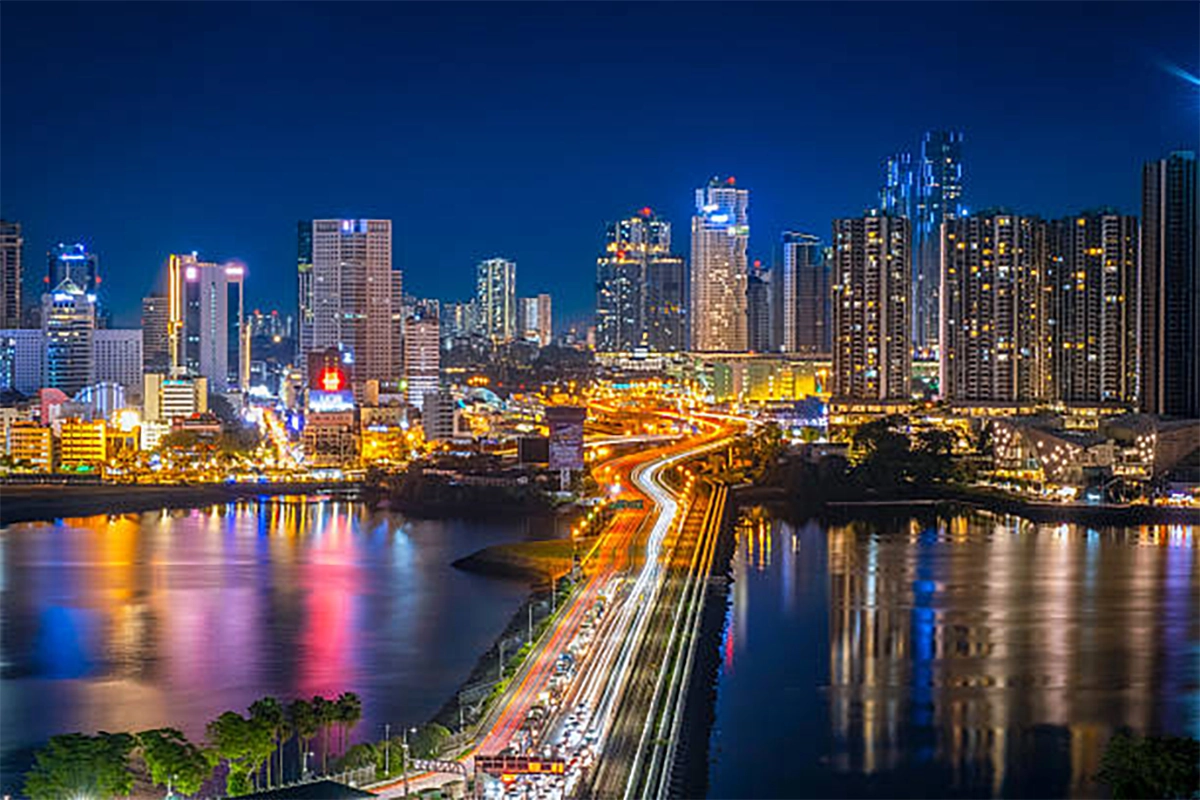
With the introduction of e-ART, travelers will experience a new level of convenience and speed, showcasing the benefits of modern transport solutions.
Table of Contents
What is e-ART?
The e-ART system not only provides an efficient mode of transport but also enhances the overall travel experience in Johor Bahru.
The new kind of public transport uses electric, driverless buses moving on special elevated tracks above the road. Because it runs above ground, it avoids road traffic jams. It also produces no direct pollution since the buses use electricity, helping protect the environment.
The system is planned to cover three main routes in Johor Bahru: Skudai, Tebrau, and Iskandar Puteri. These routes link major areas like residential neighborhoods, shopping centers, schools, offices, and transport hubs. The project will have about 32 stations where passengers can get on and off.
As e-ART connects key areas, it becomes an essential part of the city’s transport infrastructure.
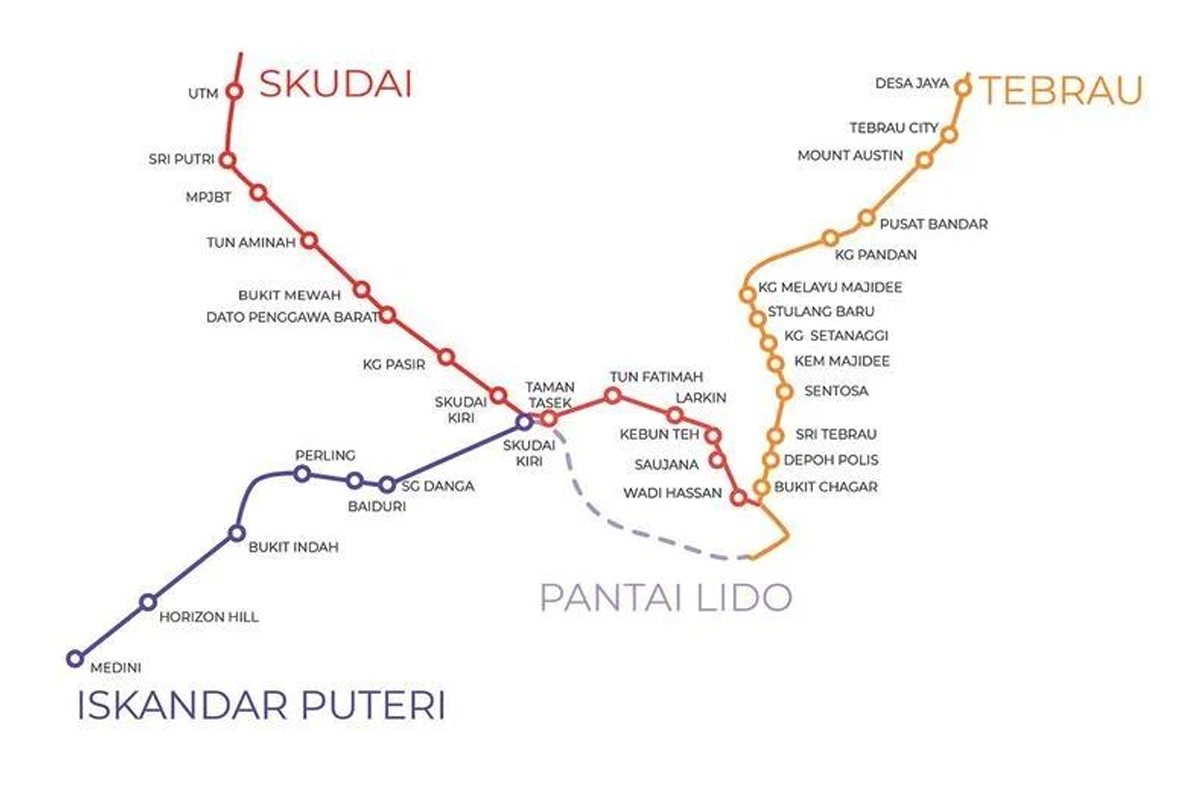
Johor Bahru’s government expects the e-ART system to carry between 5,000 and 12,000 passengers per hour in each direction, depending on how many buses are running. The whole project cost is estimated to be nearly RM7 billion (around USD 1.65 billion).
The system replaces an older plan for a bus rapid transit (BRT) at road level, which was dropped because of concerns that it would add to traffic congestion. Now, with elevated tracks, it will not block roads and will move traffic smoothly.
What is RTS?
The RTS, or Rapid Transit System, is a separate but connected project. It is a new train line that will link Johor Bahru with Singapore. The RTS trains will cross the Straits of Johor on a special bridge, running between Bukit Chagar station in Johor Bahru and Woodlands North station in Singapore.
RTS is designed to handle up to 10,000 passengers per hour during peak times, allowing fast and easy cross-border travel. The train journey itself will take only about five minutes. The RTS is expected to start full operations by the end of 2026.
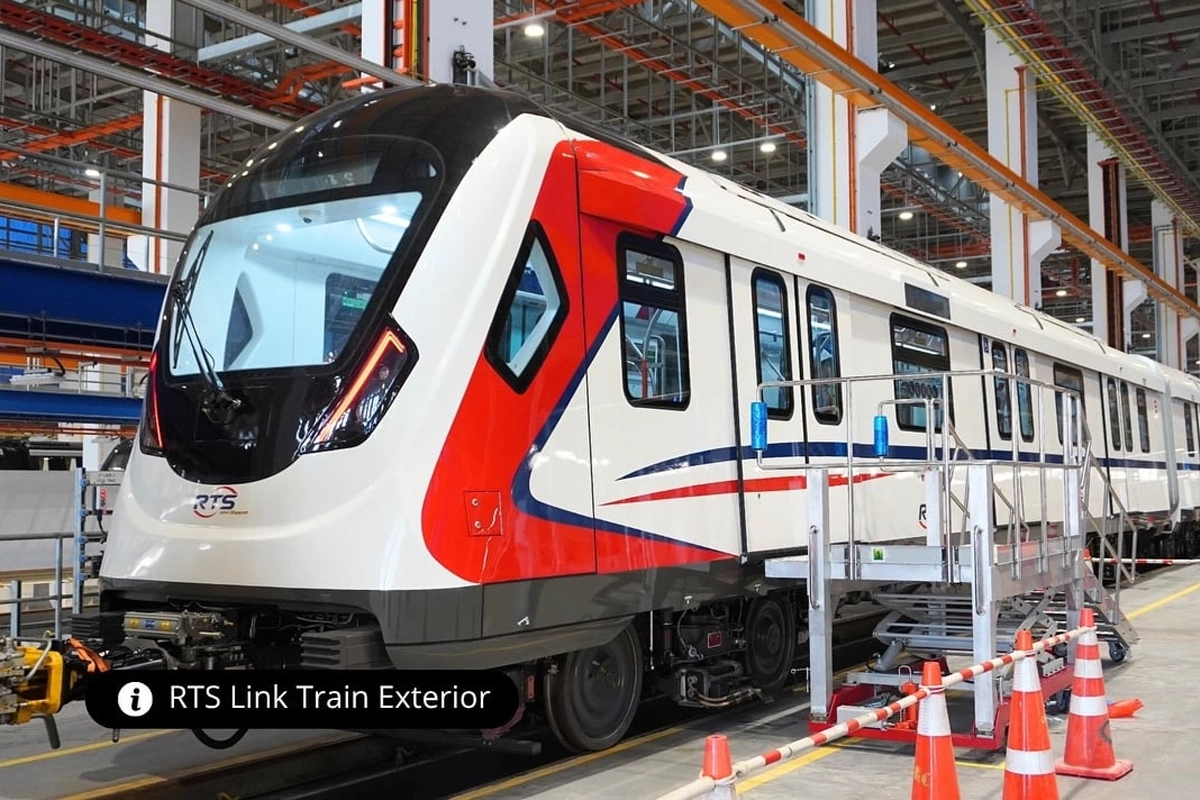
One important feature of RTS is the co-located customs and immigration clearance. Passengers will clear all checks at their departure station, so they do not need to stop at the arrival station for border formalities. This feature saves time and makes the trip more convenient.
How e-ART and RTS Work Together
The system and train are built to be very connected. The main interchange is planned at Bukit Chagar in Johor Bahru, right next to the station. This close location will allow passengers to easily switch between buses and the train.
Moreover, the e-ART system aims to significantly reduce environmental impact, aligning with global sustainability goals.
When the train brings passengers into Johor Bahru from Singapore, the buses will help take them to their final destinations within the city. This is often called the “last mile” connection — the part of the trip from the main transport hub to a home, office, or other place.
The rise of e-ART is vital for Johor Bahru’s growth, supporting a shift towards cleaner public transportation.
With projects like e-ART, Johor Bahru is on the path to becoming a model for modern urban mobility.
By working together, the systems will reduce the number of cars on the road. Without them, Johor Bahru’s streets could become very congested because many people might use cars or taxis to move around after arriving by train. The system helps spread the traffic evenly and quickly by public transport.
Together, these systems will help solve Johor Bahru’s heavy traffic problems, reduce pollution, and make traveling easier and quicker for thousands of daily commuters and tourists.
As the e-ART system prepares to launch, it promises to deliver advanced services to meet the needs of commuters.
Ultimately, e-ART will play a crucial role in shaping the future of public transport in Johor Bahru.
Why This Matters for Johor Bahru
Johor Bahru has been growing quickly in population and economy. More people mean more vehicles and more road congestion. The city government has looked for smart ways to improve public transport and reduce the number of private cars.
These projects fit into Johor’s vision to become a modern smart city with clean, efficient, and integrated transportation networks. They also support economic growth, making it easier for people to work, shop, and travel between Johor and Singapore.
In addition, these transport systems align with Malaysia’s low-carbon goals, focusing on cleaner energy and less pollution.
When Will It Start?
The train is expected to begin passenger service by the end of 2026. The system’s development is underway, with plans to start operating around 2027. The government is still reviewing proposals to award the contract, aiming for efficient and quality service.
Once both systems are running, Johor Bahru’s public transport will be among the most advanced in the region, offering modern, eco-friendly solutions for urban travel.
Share this article:

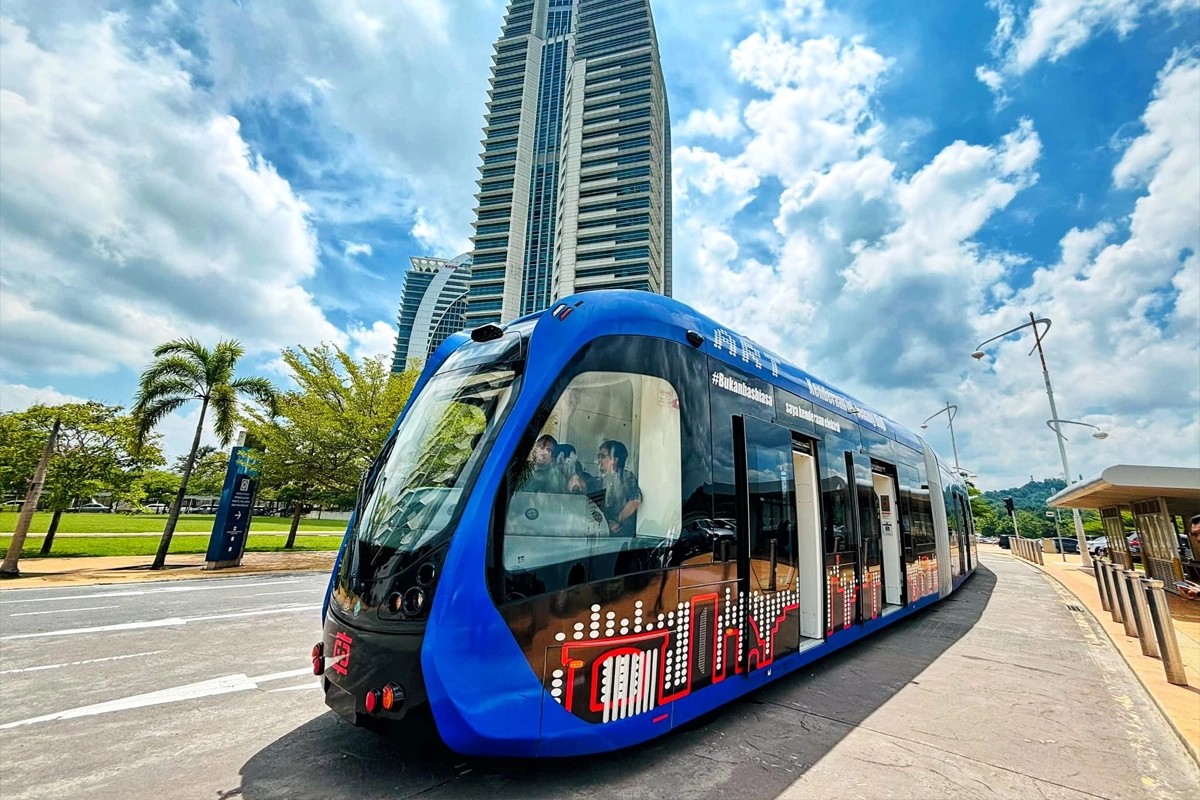
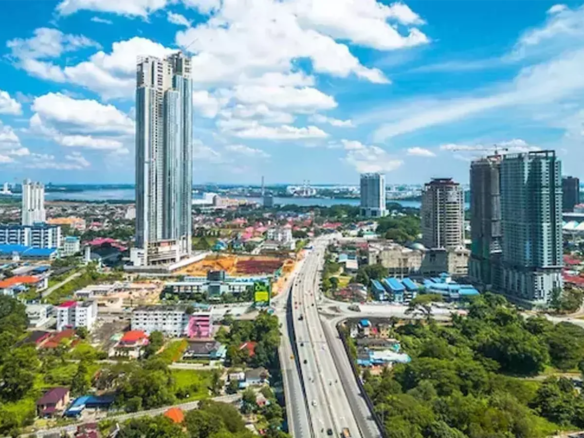

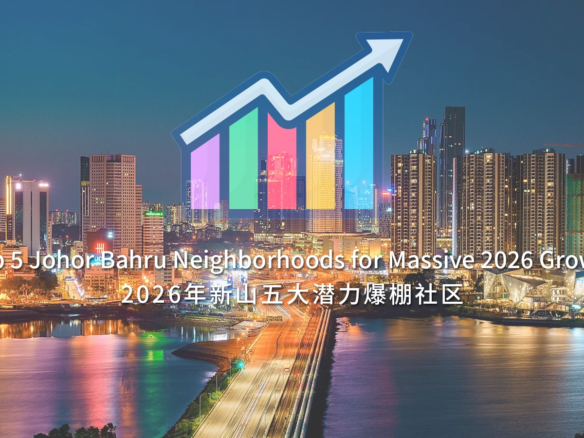
Join The Discussion